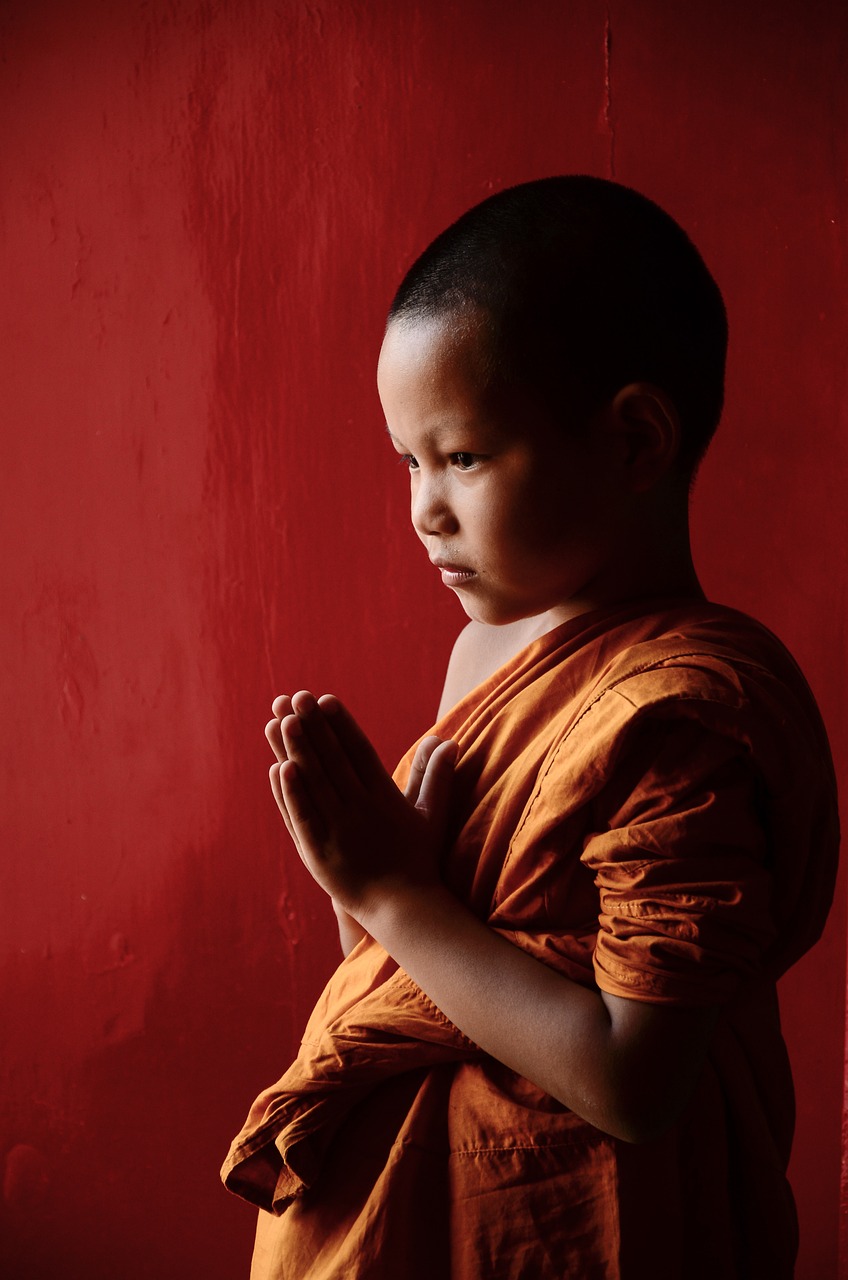Thailand, a country known for its vibrant culture and stunning natural landscapes, offers an enchanting spiritual journey through its magnificent stupas and pagodas. From the bustling cities teeming with tourist attractions to the serene beaches and mouthwatering Thai cuisine, Thailand has something to offer every traveler. But amidst all the hustle and bustle, the country’s spiritual landmarks, such as the awe-inspiring White Temple and the grand Wat Phra Kaew, stand as a testament to Thailand’s rich spiritual heritage. Embark on a journey of tranquility and enlightenment as you explore these ancient marvels, immersing yourself in the profound peace and serenity they offer. Discover the hidden beauty of Thai spirituality, as pristine pagodas and majestic stupas transport you to a realm of inner reflection and deep connection. Thailand’s magnificent stupas and pagodas await, ready to captivate your heart and soul.
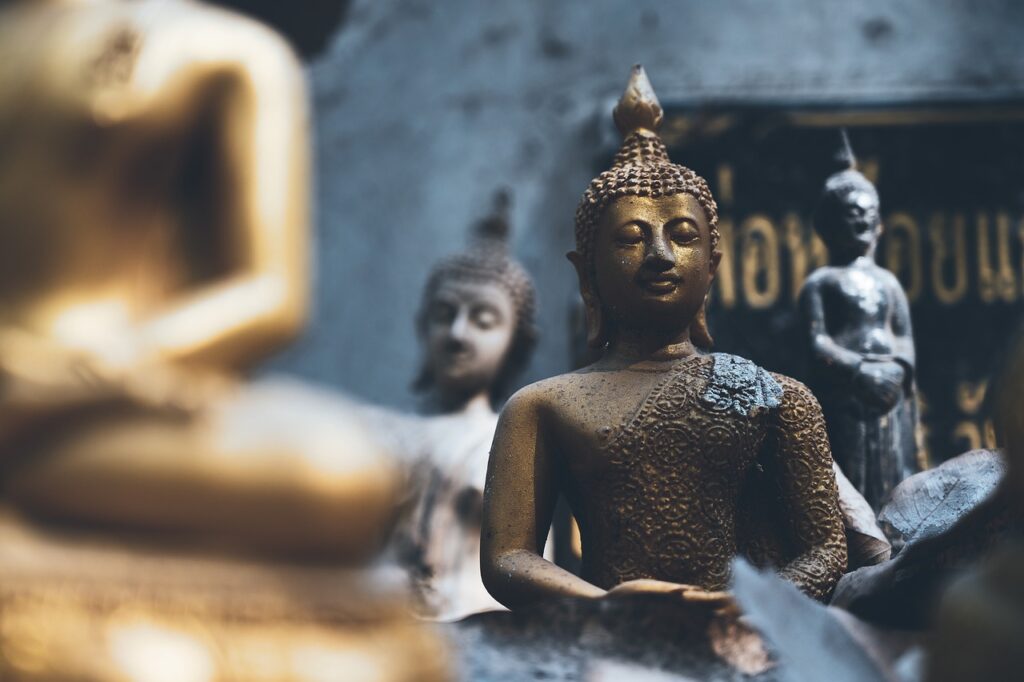
Introduction to Stupas and Pagodas in Thailand
Thailand, a country rich in cultural heritage and spiritual traditions, is home to a wide array of magnificent stupas and pagodas. These structures, found throughout the country, hold deep significance in Thai Buddhism and serve as symbols of spiritual enlightenment. In this comprehensive guide, we will explore the definition and significance of stupas and pagodas, delve into their role in Thai Buddhism, and appreciate the symbolism and unique architectural styles that make them remarkable.
Definition and Significance
Stupas and pagodas are architectural marvels that hold immense religious and cultural importance in Thailand. A stupa, also known as a chedi, is a dome-shaped structure that enshrines sacred relics or represents significant events or individuals in Buddhism. It serves as a place of worship and offers a meditative space for practitioners. On the other hand, pagodas are multi-tiered structures that originated in China but became popular in various Buddhist cultures, including Thailand. They serve a similar purpose as stupas, providing a space for devotion and reflection.
Both stupas and pagodas are considered sacred, representing the journey towards spiritual enlightenment. They are symbols of peace, wisdom, and the harmony between humanity and the divine. When visiting these awe-inspiring structures, one can feel a profound sense of tranquility and a connection to the rich Buddhist heritage of Thailand.
Role in Thai Buddhism
Stupas and pagodas play a central role in Thai Buddhism, serving as focal points for religious rituals, ceremonies, and meditation practices. They are considered sacred spaces where Buddhists can pay homage to the Triple Gem – the Buddha, the Dharma (teachings), and the Sangha (community of monks). These structures foster a sense of spirituality and are revered as places of profound reverence and contemplation.
Symbolism and Architecture
The symbolism and architecture of stupas and pagodas in Thailand are both fascinating and intricate. The designs and structures vary, but many feature ornate carvings, intricate patterns, and elaborately adorned facades. The shapes and heights of these structures can also differ, with some resembling bell-shaped forms, while others take on the shape of a lotus bud.
The architecture of these sacred buildings often reflects the influences of Indian and Khmer styles. Over the centuries, Thai craftsmen have added their unique artistic flair, resulting in a distinctive blend of designs that is distinctly Thai. The intricate carvings on the exteriors narrate stories from Buddhist scriptures, while the use of gold leaf and vibrant colors bring the structures to life.

Historical Background
Early Buddhist Influence in Thailand
Thailand has a long history of Buddhist influence, dating back to the 3rd century BCE when Buddhism first arrived in the region. The teachings of the Buddha gradually spread throughout the country, and stupas and pagodas began to emerge as symbols of religious devotion.
Introduction of Stupas and Pagodas
The introduction of stupas and pagodas in Thailand can be attributed to the influence of neighboring countries, particularly India and Cambodia. Indian traders and missionaries introduced the concept of stupas to the region, while the Khmer Empire, with its magnificent architectural achievements, influenced the construction of pagodas. These foreign influences were blended with local beliefs and customs, resulting in a unique Thai aesthetic.
Influence of Indian and Khmer Styles
Indian and Khmer styles left a lasting impact on Thai architectural traditions. Indian stupas, with their bell-shaped forms and towering spires, inspired the construction of many Thai stupas. Khmer pagodas, with their intricate carvings and multi-tiered structures, deeply influenced the development of Thai pagoda styles. The fusion of these influences created the distinct blend of architectural styles that can be witnessed in the stupas and pagodas of Thailand.
Famous Stupas in Thailand
Wat Phra That Doi Suthep in Chiang Mai
Perched atop a mountain, overlooking the city of Chiang Mai, stands the magnificent Wat Phra That Doi Suthep. This iconic stupa is one of the most sacred sites in northern Thailand and is believed to house a relic of the Buddha. Adorned with gold and adorned with elaborate sculptures, Wat Phra That Doi Suthep is an architectural masterpiece that attracts thousands of visitors annually.
Phra Pathommachedi in Nakhon Pathom
Located in the ancient city of Nakhon Pathom, Phra Pathommachedi is the tallest stupa in Thailand, reaching a height of 120 meters. This colossal structure is a symbol of Thai Buddhism and houses sacred relics. Its distinctive design and towering presence make it a must-visit destination for those seeking a spiritual experience.
Phra Boromathat Chedi in Nan
Nestled in the picturesque province of Nan, the Phra Boromathat Chedi is a revered stupa that holds great historical and cultural significance. Encased in golden tiles and decorated with intricate details, this stupa exudes a sense of serenity and awe. The tranquil surroundings and stunning views make Phra Boromathat Chedi a popular destination for pilgrims and tourists alike.
Phra Mahathat Chedi in Nakhon Si Thammarat
The Phra Mahathat Chedi, located in Nakhon Si Thammarat, is an ancient stupa that dates back over 1,000 years. It is considered one of the most important religious sites in southern Thailand and houses relics of Lord Buddha. The striking structure, with its golden spire and intricate architectural details, is a testament to the rich history and cultural heritage of the region.
Wat Arun Ratchawararam Ratchawaramahawihan in Bangkok
Situated along the banks of the Chao Phraya River, Wat Arun, also known as the Temple of Dawn, is an iconic symbol of Bangkok. Its towering spires, adorned with colorful porcelain tiles, create a breathtaking sight, especially at sunrise and sunset. As one of the most recognizable landmarks in Thailand, Wat Arun attracts visitors from all over the world.
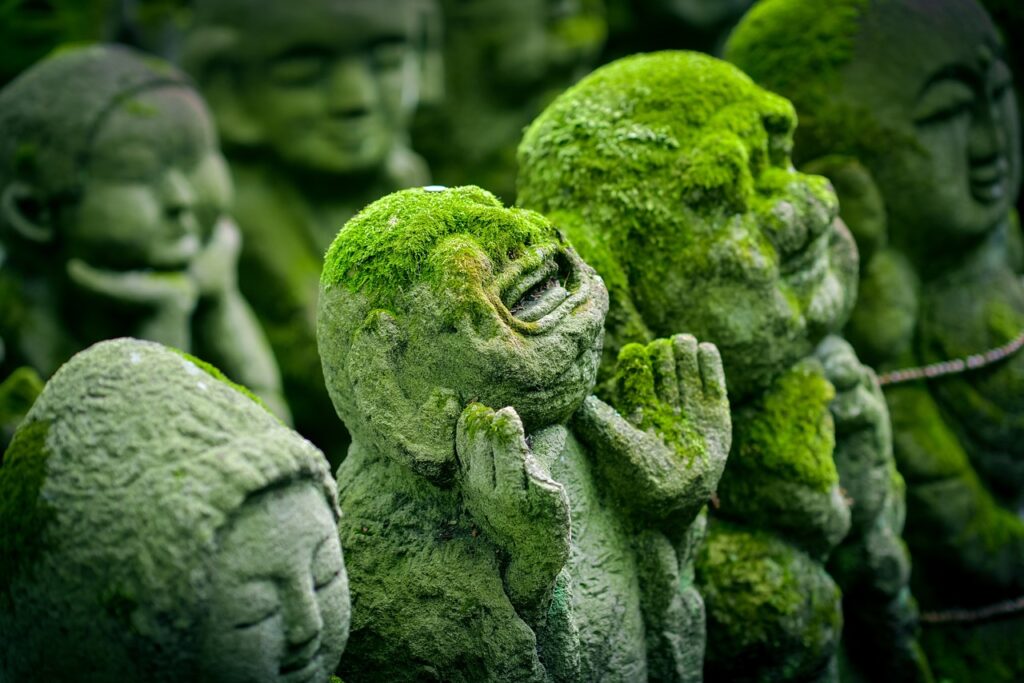
Significant Pagodas in Thailand
Wat Arun (Temple of Dawn) in Bangkok
The Wat Arun, also known as the Temple of Dawn, is not only famous for its stunning stupa but also for its impressive pagoda. This multi-tiered structure stands tall on the banks of the Chao Phraya River and is adorned with beautiful porcelain tiles and intricate designs. As the first light of dawn hits the pagoda, it creates a mesmerizing spectacle that is beloved by locals and tourists alike.
Phra That Muang Song in Sukhothai
The ancient city of Sukhothai is home to the Phra That Muang Song, a historic pagoda that stands as a testament to the glory of the Sukhothai Kingdom. This elegant pagoda is situated within the Sukhothai Historical Park and showcases the architectural finesse of the era. Surrounded by lush greenery and serene ponds, Phra That Muang Song exudes a sense of tranquility and historical significance.
Phra Borom That Chaiya in Chaiya
In the southern province of Chaiya, the Phra Borom That Chaiya pagoda holds great cultural and historical significance. Believed to date back to the Srivijaya Kingdom, this pagoda showcases a unique blend of Indian and local architectural styles. The serene ambiance and rich history surrounding Phra Borom That Chaiya make it a must-visit destination for cultural enthusiasts.
Wat Yai Chai Mongkol in Ayutthaya
Ayutthaya, the ancient capital of Thailand, is home to several significant pagodas, including Wat Yai Chai Mongkol. This impressive structure, also known as the Great Monastery of Auspicious Victory, features a towering pagoda surrounded by statues of seated Buddha. The historical importance and stunning architectural details of Wat Yai Chai Mongkol make it a prominent landmark in Ayutthaya’s cultural landscape.
Phra Pathom Chedi in Nakhon Pathom
Phra Pathom Chedi, located in Nakhon Pathom, is one of the oldest and tallest pagodas in Thailand. Standing at 120 meters, this majestic structure is revered by Buddhists and holds significant historical and religious importance. Surrounded by a spacious temple complex and lush gardens, Phra Pathom Chedi offers a serene and peaceful atmosphere for visitors to explore and reflect.
Unique Features and Architectural Styles
Different Shapes and Heights
One of the most fascinating aspects of stupas and pagodas in Thailand is their diverse range of shapes and heights. Some stupas, such as those in the Ayutthaya and Sukhothai historical parks, feature bell-shaped forms, while others resemble lotus buds. Pagodas, on the other hand, often have multiple tiers and come in various shapes, including hexagonal, octagonal, and square. These varying forms add to the architectural beauty and allure of these structures.
Decoration and Ornamentation
The decoration and ornamentation on stupas and pagodas are elaborate and meticulously crafted. Intricate carvings of divine beings, mythical creatures, and stories from Buddhist scriptures adorn the exteriors. Gold leaf and vibrant colors are commonly used to highlight the details and give these structures a resplendent appearance. Delicate stucco work and porcelain tiles are also incorporated into the designs, adding to the visual spectacle.
Distinctive Thai Pagoda Styles
Thai pagodas exhibit a unique blend of Indian, Khmer, and local architectural styles. The Khmer influence is evident in the multi-tiered structures, intricate carvings, and use of stepped platforms. Indian influence can be seen in the spires and bell-shaped features. Local Thai craftsmen have added their artistic flair, resulting in a distinctive fusion of styles that sets Thai pagodas apart.
Influence of Other Southeast Asian Cultures
Apart from Indian and Khmer influences, other Southeast Asian cultures have also left their mark on Thai stupas and pagodas. The Srivijaya Kingdom, which had strong maritime trade ties with Thailand, contributed to the architectural styles seen in the southern region. Additionally, Burmese influences, particularly during the Ayutthaya period, introduced new elements to the design vocabulary, such as the use of multi-tiered umbrella-like finials.
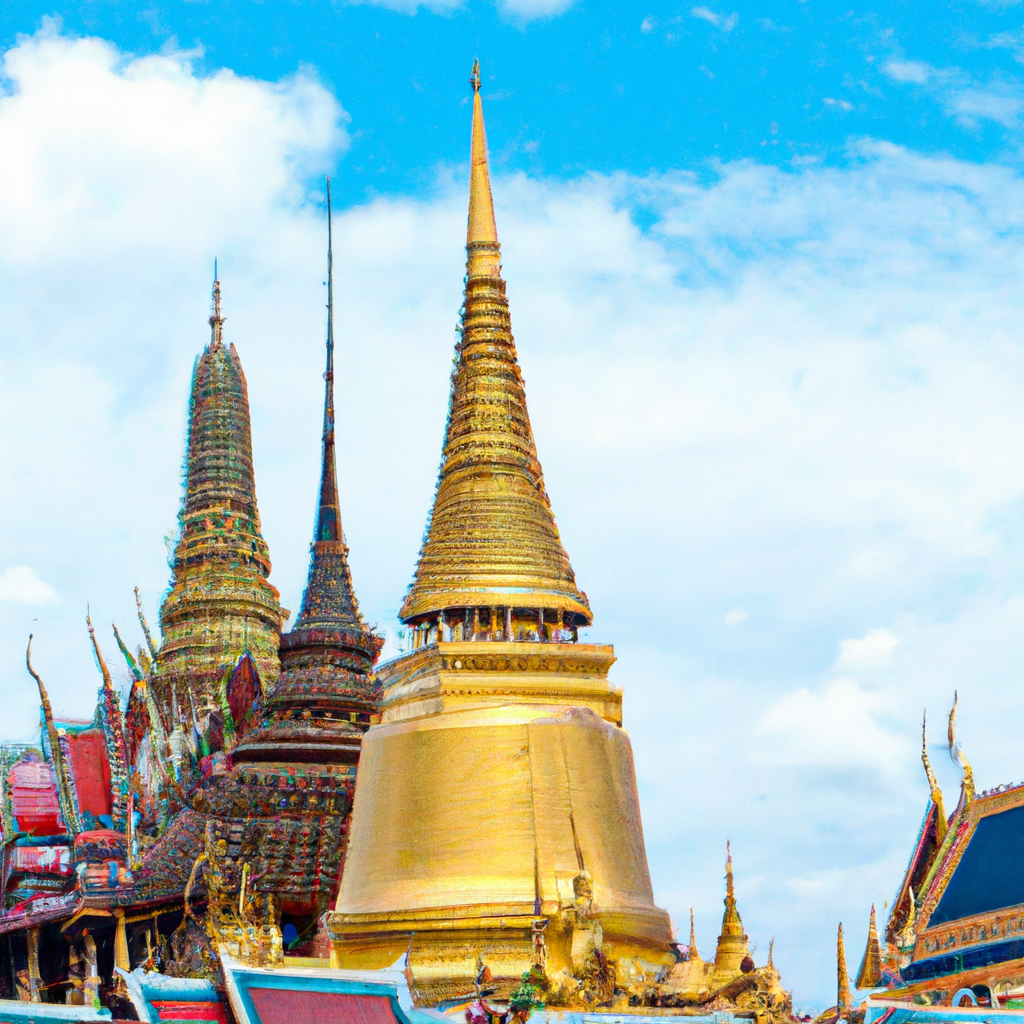
Sacred Rituals and Practices
Worship and Offerings
Stupas and pagodas are considered sacred places of worship, and various rituals and practices are associated with them. Visitors often light incense sticks and candles as offerings, symbolizing the inner light of enlightenment. They may also offer flowers and fruits as a gesture of reverence. Buddhists often circumambulate the stupa or pagoda in a clockwise direction, which symbolizes the path towards enlightenment.
Importance of Meditation
Meditation holds a vital place in the spiritual practices associated with stupas and pagodas. Many of these sacred sites offer peaceful meditation gardens or quiet corners for practitioners to engage in mindfulness exercises. The serene ambiance and spiritual energy surrounding these structures provide an ideal environment for both novice and experienced meditators to seek inner peace and spiritual enlightenment.
Monastic Life in the Vicinity
Stupas and pagodas often serve as the focal points of monastic life and practice. Monks and nuns reside in nearby temples, dedicating their lives to prayer, study, and community service. Pilgrims and visitors can often witness the daily routines of monastic life, such as morning and evening chanting, alms-giving ceremonies, and meditation sessions. Observing and participating in these rituals can provide valuable insight into the monastic lifestyle and its profound connection to the spiritual significance of these structures.
Festivals and Ceremonies
Throughout the year, Thailand celebrates numerous festivals and ceremonies that showcase the cultural and spiritual significance of stupas and pagodas. These events attract thousands of devotees and tourists who come to witness and participate in vibrant processions, chanting ceremonies, and traditional performances. The festivals provide a unique opportunity to experience the deep-rooted spiritual traditions and the joyous celebrations that surround these sacred sites.
Exploring Stupas and Pagodas: Popular Tourist Routes
Golden Triangle Route
The Golden Triangle, located in the northern part of Thailand, is a popular tourist route that encompasses several historic stupas and pagodas. This route takes visitors through the stunning landscapes of Chiang Rai, Chiang Saen, and Mae Sai, offering an opportunity to visit the renowned stupa of Wat Phra That Doi Suthep in Chiang Mai and explore the ancient city of Chiang Saen with its impressive archaeological sites.
Ayutthaya Historical Park
Situated just outside of Bangkok, the Ayutthaya Historical Park is a UNESCO World Heritage site and home to numerous pagodas that date back to the Ayutthaya Kingdom. Exploring this park allows visitors to witness the grandeur of the past and appreciate the architectural beauty of pagodas such as Wat Yai Chai Mongkol and Wat Mahathat.
Sukhothai Historical Park
The Sukhothai Historical Park, another UNESCO World Heritage site, offers a glimpse into the ancient capital of the Sukhothai Kingdom. Here, visitors can marvel at the sprawling complex of pagodas, including the majestic Phra That Muang Song. The park’s serene atmosphere and well-preserved structures make it a must-visit destination for history enthusiasts and spiritual seekers alike.
Chiang Rai and the White Temple
Chiang Rai, known for its unique White Temple (Wat Rong Khun), is a destination that should not be missed. The White Temple’s contemporary interpretation of a stupa showcases the fusion of traditional and modern architectural styles. Chiang Rai is also home to other beautiful temples and pagodas, such as Wat Phra Kaew, which houses the revered Emerald Buddha.
Pilgrimage to Nakhon Pathom
Located just a short distance from Bangkok, Nakhon Pathom is renowned for its towering Phra Pathom Chedi. This important pilgrimage site attracts Buddhists from all over the country who come to pay their respects and seek spiritual solace. Exploring the serene surroundings and the sacred atmosphere of Nakhon Pathom is an unforgettable experience.
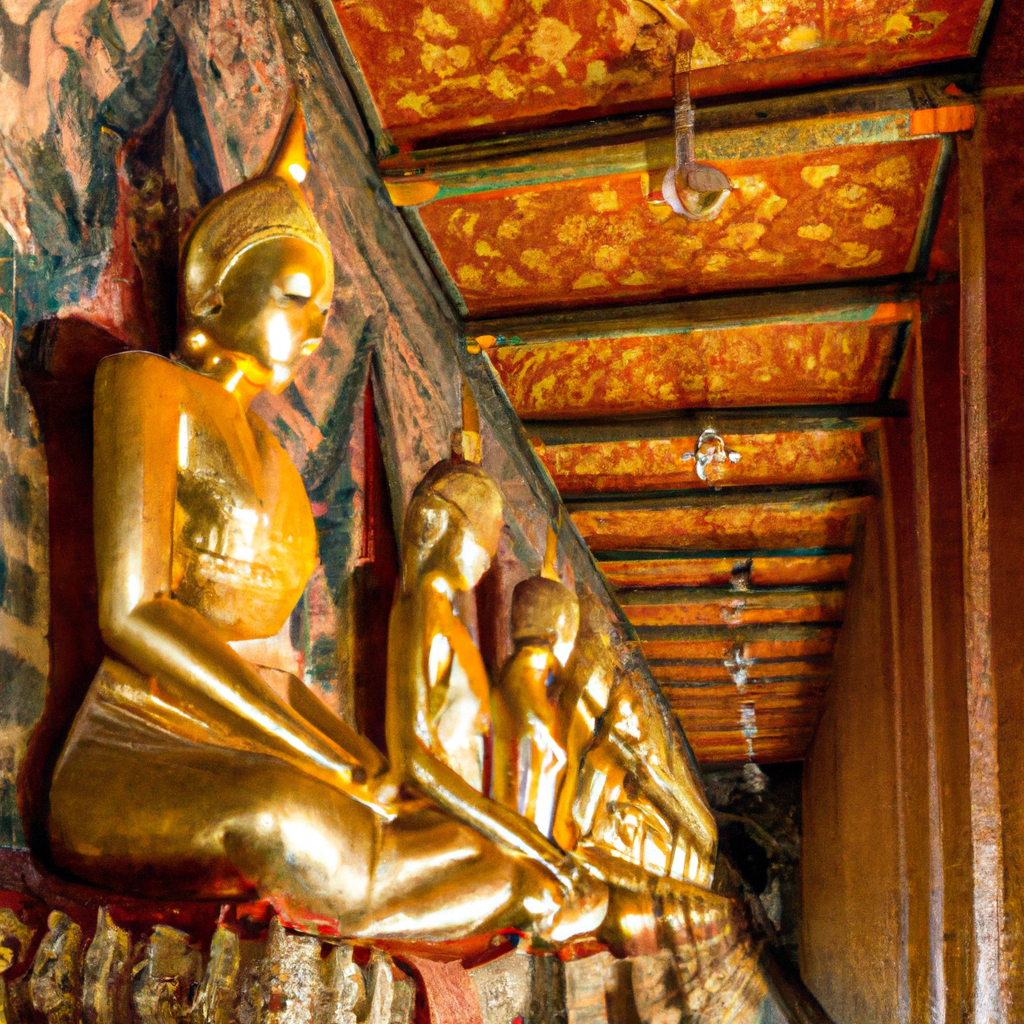
Uncovering Hidden Gems
Phanom Rung Historical Park in Buriram
Phanom Rung Historical Park, situated in the northeastern province of Buriram, is home to a splendid Angkorian temple complex featuring a magnificent pagoda. This hidden gem offers a glimpse into the region’s rich Khmer history and provides a tranquil setting for visitors to appreciate the intricate carvings and architectural grandeur.
Wat Chalermprakiat in Lampang
Located in the province of Lampang, Wat Chalermprakiat is perched atop Doi Pui mountain and offers panoramic views of the surrounding countryside. This unique temple complex features an ornate stupa and a series of staircases that lead visitors through lush forests towards a cliff-top pagoda. The journey to this hidden gem is a rewarding experience for adventure seekers and nature lovers.
Wat Mahathat Yuwaratrangsarit in Phetchaburi
Phetchaburi, a province known for its rich cultural heritage, is home to Wat Mahathat Yuwaratrangsarit, a lesser-known gem that boasts an exquisite stupa. This ancient temple complex showcases a blend of Khmer and Thai architectural styles and provides visitors with a peaceful oasis away from the bustling city. The impressive stupa and the serene surroundings make Wat Mahathat Yuwaratrangsarit a hidden treasure waiting to be discovered.
Wat Si Chum in Kamphaeng Phet
Wat Si Chum, located in the historical city of Kamphaeng Phet, is home to an iconic Buddha statue and a beautiful pagoda. The serene ambiance and remote location of this site create a tranquil atmosphere, offering visitors a chance to connect with the spiritual energy of the place. Exploring the hidden corners of Wat Si Chum reveals the architectural marvels and artistic finesse of ancient Thailand.
Wat Phra That Lampang Luang in Lampang
Tucked away in the province of Lampang, Wat Phra That Lampang Luang is a hidden gem that showcases the unique Lanna-style architecture. This well-preserved temple complex features a striking pagoda and offers visitors a glimpse into the region’s rich cultural heritage. The tranquility and spiritual ambience of Wat Phra That Lampang Luang make it an ideal destination for those seeking a deeper connection to Thai Buddhism.
Modern Adaptations and Preservation Efforts
Contemporary Stupa Designs
While traditional stupas and pagodas dominate the architectural landscape of Thailand, contemporary stupa designs have emerged in recent years. These modern interpretations feature innovative materials, bold structural forms, and minimalist aesthetics. These new designs strive to maintain the spiritual essence of the ancient structures while embracing the evolving architectural trends of the 21st century.
Adapting to Urban Environments
As Thailand’s cities continue to expand, stupas and pagodas have adapted to fit within the urban environment. Miniature replicas of famous stupas and pagodas have been built in city centers, allowing urban dwellers and tourists to experience the spiritual essence of these architectural wonders without traveling far. These replicas are often surrounded by peaceful gardens and meditation spaces, providing a tranquil retreat in the heart of bustling cities.
Importance of Restoration and Conservation
Preserving the historical and cultural heritage of stupas and pagodas is of utmost importance. Efforts to restore and conserve these structures ensure that future generations can continue to appreciate their architectural beauty and spiritual significance. Ongoing restoration projects focus on maintaining the original design and materials, while also strengthening the structural integrity of the stupas and pagodas.
Efforts to Promote Stupa Tourism
Recognizing the cultural and economic significance of stupas and pagodas, the Thai government and local communities have actively promoted stupa tourism. Initiatives such as guided tours, cultural festivals, and educational programs have been introduced to raise awareness about the historical and spiritual importance of these structures. By promoting stupa tourism, Thailand aims to preserve its cultural heritage while nurturing sustainable economic growth.
Conclusion: Spiritual Enlightenment through Stupas and Pagodas
The stupas and pagodas of Thailand offer a profound journey of spiritual enlightenment and cultural exploration. These sacred structures, with their rich symbolism, unique architectural styles, and historical significance, provide a gateway to the deep-rooted Buddhist traditions of the country. Whether visiting famous sites or uncovering hidden gems, exploring stupas and pagodas in Thailand offers a glimpse into the soul of this culturally vibrant nation.
These awe-inspiring structures serve as reminders of the importance of spiritual practices, mindfulness, and the pursuit of inner peace. As Thailand embraces modernity, stupas and pagodas continue to hold a vital place in Thai society and culture, offering solace and spiritual guidance to those seeking a connection with the divine. Embarking on a journey through these sacred sites opens doors to personal reflections and experiences that transcend time and leave a lasting impact on the heart and soul.
